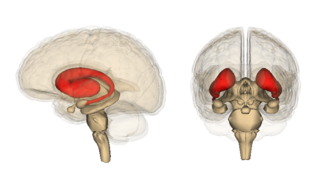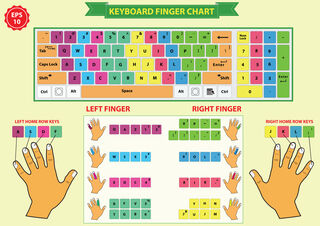Neuroscience
Can Mastering Tool Use Make You a Better Wordsmith?
Tool-use training can improve syntactic processes of language and vice versa.
Posted November 30, 2021 Reviewed by Michelle Quirk
Key points
- Using mechanical tools and understanding language syntax activate similar neural networks within the human brain, a new study reports.
- In an fMRI brain scanner, tool use and linguistics activate the same syntactic processes and neural patterns in the basal ganglia.
- Tool-use motor training can improve syntactic processes in language. Reciprocally, linguistic syntax training may improve tool use.
The Greek term syntax means "arrange together." In written or spoken language, syntax refers to the grammatical rules that govern how we string words together in a way that makes sense to a reader or listener.

Using mechanical tools to build something functional by putting different pieces together and using words to construct logical sentences that follow grammatical rules are both syntactic processes.
Syntactic processes are a hallmark of human evolution. Homo sapiens are exceptionally good at "arranging things together" in new and useful ways. Accumulating evidence suggests that specific cortical and subcortical neural networks used for certain linguistic functions also coordinate fine-tuned motor skills.
Because the motor functions required for skilled tool use and the neural functions that facilitate structured-language use both rely on syntactic processes, there's reason to believe that linguistics and tool use might share common brain resources.
A recent functional magnetic resonance imaging (fMRI) study pinpoints how tool use and language syntax rely on the same neurological resources in the basal ganglia. These findings (Thibault et al., 2021) were published on November 12 in the peer-reviewed journal Science.

Our Basal Ganglia Facilitates Syntactic Processes in Language and Tool Use
In the first phase of this study, the researchers used fMRI to identify that tool use and language share common synaptic processes and neural patterns.
During the study's second phase, the researchers conducted another series of experiments that showed how tool-use training could significantly improve study participants' linguistic ability to understand complex syntactic structures. Notably, the reverse was also true. Syntactic language training improved participants' proficiency when using tools.
"Our findings point to the basal ganglia as the neural site of supramodal syntax that handles embedded structures in either domain and also support longstanding theories of the coevolution of tool use and language in humans," the authors explain in their paper's abstract.
"These findings reveal the existence of a supramodal syntactic function that is shared between language and motor processes," Thibault et al. write. "As a consequence, training tool-use abilities improves linguistic syntax and, reciprocally, training linguistic syntax abilities improves tool use."
Hacking the Basal Ganglia via Tool Use May Boost Language Skills
Identifying how masterful tool use and comprehending complex language syntax relies on the same neural substrates of the basal ganglia opens the door for using tool-training interventions to improve linguistic functions.
First author Simon Thibault and coauthors speculate that their recent discovery of how tool use training can improve language syntax might lead to clinical therapies that hack into shared synaptic processes and neural patterns in the basal ganglia. For example, tool-use training could be used to help patients with mild cognitive impairment or traumatic brain injury who've lost their syntactic abilities regain language skills.
As a writer who learned to type on a Royal Quiet Deluxe from the 1950s, I view the typewriter as a practical tool that was brilliantly designed to optimize how humans express language. Anecdotally, I have a hunch that learning to touch type without looking at the keys in high school has made me a better wordsmith over the years. (See "Touch Typing May 'Unclamp' the Brain and Promote a Flow State.")

Via the automaticity gained from decades of practice, I've mastered the ability to type at the speed of thought. So, when I'm at the keyboard and my index fingers are lightly touching the Braille-like bumps on the home keys, words start to flow directly from my mind's eye through my fingertips and (almost magically) materialize on the written page as concrete sentences. Without overthinking syntax, my hands use the keyboard as a tool to craft coherent sentences in a fluid syntactic process that happens automatically.
The latest research (2021) suggests that mastering tool use and understanding language syntax go hand in hand. Because of this, if someone masters using their keyboard as a tool, they're simultaneously activating neural regions in the basal ganglia that may enhance their syntactic processes when wordsmithing.
References
Thibault, S., Py, R., Gervasi, A. M., et al. "Tool Use and Language Share Syntactic Processes and Neural Patterns in the Basal Ganglia." Science (First published: November 12, 2021) DOI: 10.1126/science.abe0874


